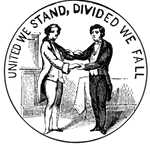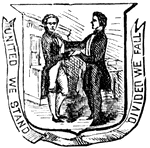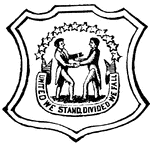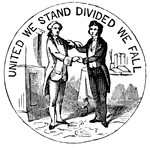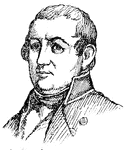Kentucky
The Kentucky ClipArt gallery includes 45 illustrations related to the Bluegrass State.

Battle of Belmont
"Battle of Belmont, Mo., opposite Columbus, Ky, November 7th, 1861- Federal forces commanded by U. S.…

Daniel Boone's First Sight of Kentucky
Boone first reached Kentucky in the fall of 1767 when on a long hunt with his brother Squire Boone,…

Boone's Fort
"Boone's Fort. This sketch is from a drawing by Colonel Henderson, and published in Collin's Historical…

Boone's Fort
Daniel Boone blazed the Wilderness Trail into central Kentucky and built Fort Boone, soon renamed Boonesborough.
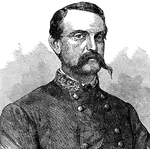
John C. Breckinridge
General John C. Breckinridge (1821 - 1875) was a lawyer, U.S. Representative and Senator from Kentucky,…
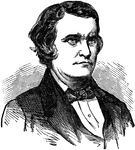
John Cabell Breckinridge
John Cabell Breckinridge was a lawyer, U.S. Representative, Senator from Kentucky, Vice President of…
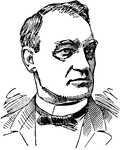
John G. Carlisle
(1835-1910) US representative, Speaker of the House of Representatives, senator Kentucky, and cabinet…
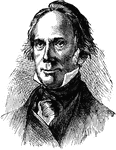
Henry Clay
Henry Clay, the famous American statesman and orator. He ran for president unsuccessfully several times.…
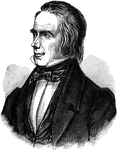
Henry Clay
Known as "The Great Compromiser" and "The Great Pacifier" for his ability to bring others to agreement,…
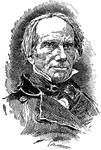
Henry Clay
Henry Clay, Sr. (April 12, 1777 – June 29, 1852) was an American lawyer, politician, and skilled orator…

Columbus, Kentucky
"General view of Columbus, Ky., and its fortications, looking down the river, showing the 'Iron Bluffs'…
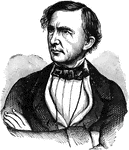
Leslie Combs
(1793-1881) — of Kentucky. Born in 1793. Served in the U.S. Army during the War of 1812; Speaker of…
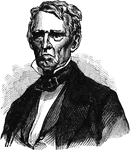
John Jordan Crittenden
John Jordan Crittenden (September 10, 1786 - July 26, 1863) was an American statesman from Kentucky.…

Federals Crossing
"Federal Volunteers crossing from Cincinnati to Covington on a bridge of coal boats, constructed for…

Bombardment of Island No. 10
"Bombardment of Island No. 10 and the fortifications opposite, on the Kentucky Shore, by the Federal…
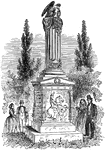
Richard Mentor Johnson's Monument
Richard Mentor Johnson (October 17, 1780 or 1781 – November 19, 1850) was the ninth Vice President…

Kentucky Raid
"The Confederate raid into Kentucky- the fight at the Licking Bridge, Cynthiana, between the Federal…
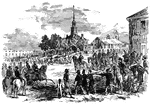
Kentucky Raid
"The raid in Kentucky- the Confederate Morgan with his guerillas bivouacking in Courthouse Square, Paris,…
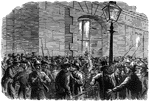
Kentucky Raid Rally
"The Confederate raid into Kentucky--excitement at Convington--gathering of armed Federal citizens at…

Kentucky Shore
"The Federal Army, under General Pope, landing on the Kentucky Shore, opposite New Madrid, April 1st,…
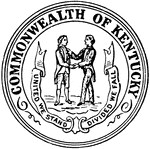
Seal of Kentucky
The seal of the Commonwealth of Kentucky. The seal shows a frontiersman and a statesman shaking hands…

Campaign in Kentucky
"The campaign in Kentucky, Federal troops under General Johnston, advancing on the Louisville and Nashville…

Battle of Munfordville
"Battle of Munfordville, Ky., Sunday, September 14th, 1862- the Confederates charging through the abatis…

Battle of Munfordville
"Battle of Munfordville, Ky., Sunday, September 14th, 1862- the Confederates charging through the abatis…

Battle of Munfordville
"Battle of Munfordville, Ky., Sunday, September 14th, 1862- the Confederates charging through the abatis…
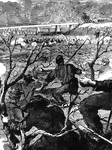
Battle of Munfordville
"Battle of Munfordville, Ky., Sunday, September 14th, 1862- the Confederates charging through the abatis…

Paducah, Kentucky
"View of the town of Paducah, Ky., at the confluence of the rivers Ohio and Tennessee, the Northern…

Battle of Perryville
The Battle of Perryville, also known as the Battle of Chaplin Hills, was fought on October 8, 1862,…
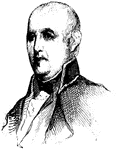
Colonel Isaac Shelby
(1750-1826) Soldier and Public official who fought important battles during the American Revolution.…
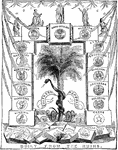
Southern Republic Built from the Ruins
A political cartoon of the Southern states being built from the ruins after the Civil War.





